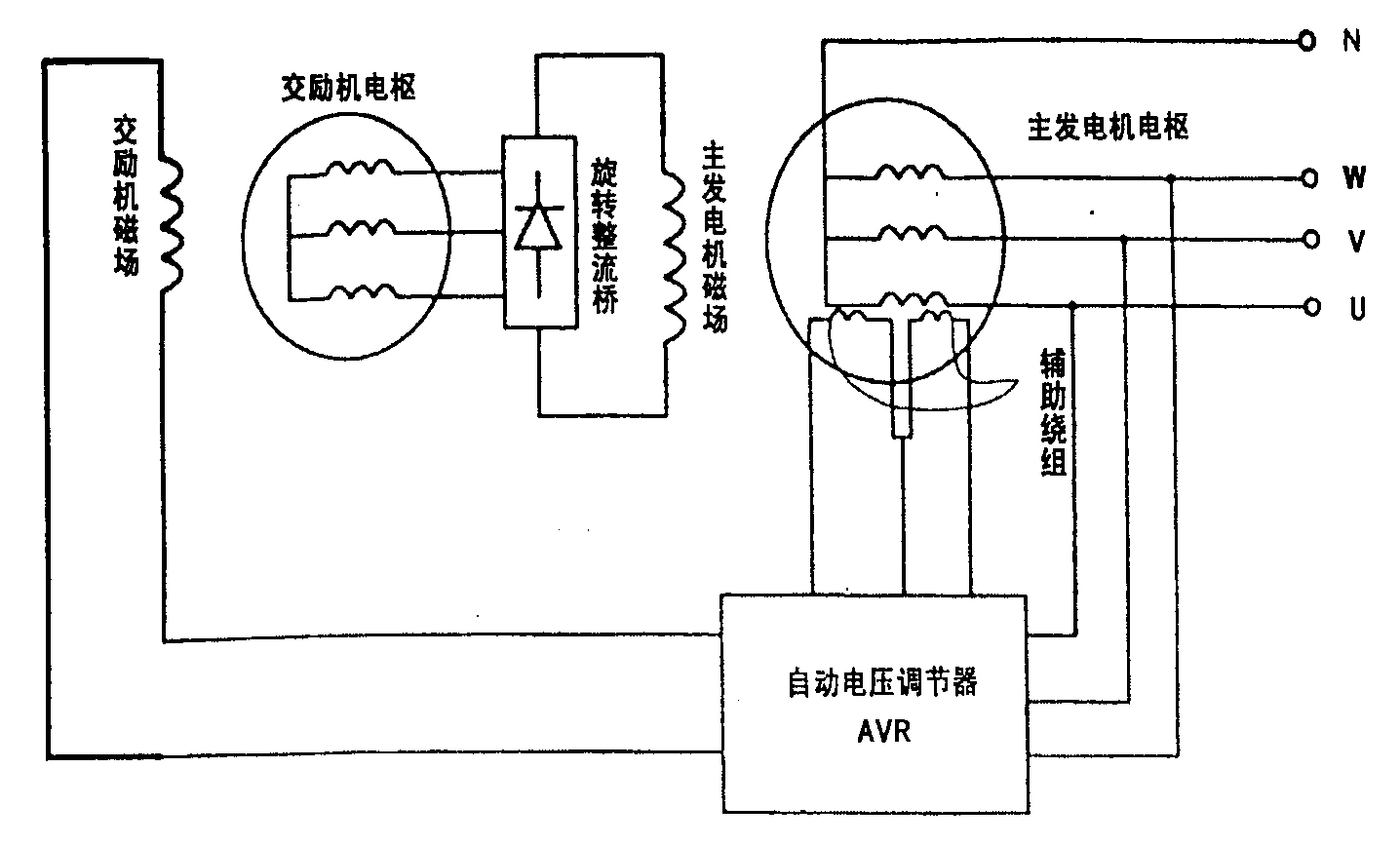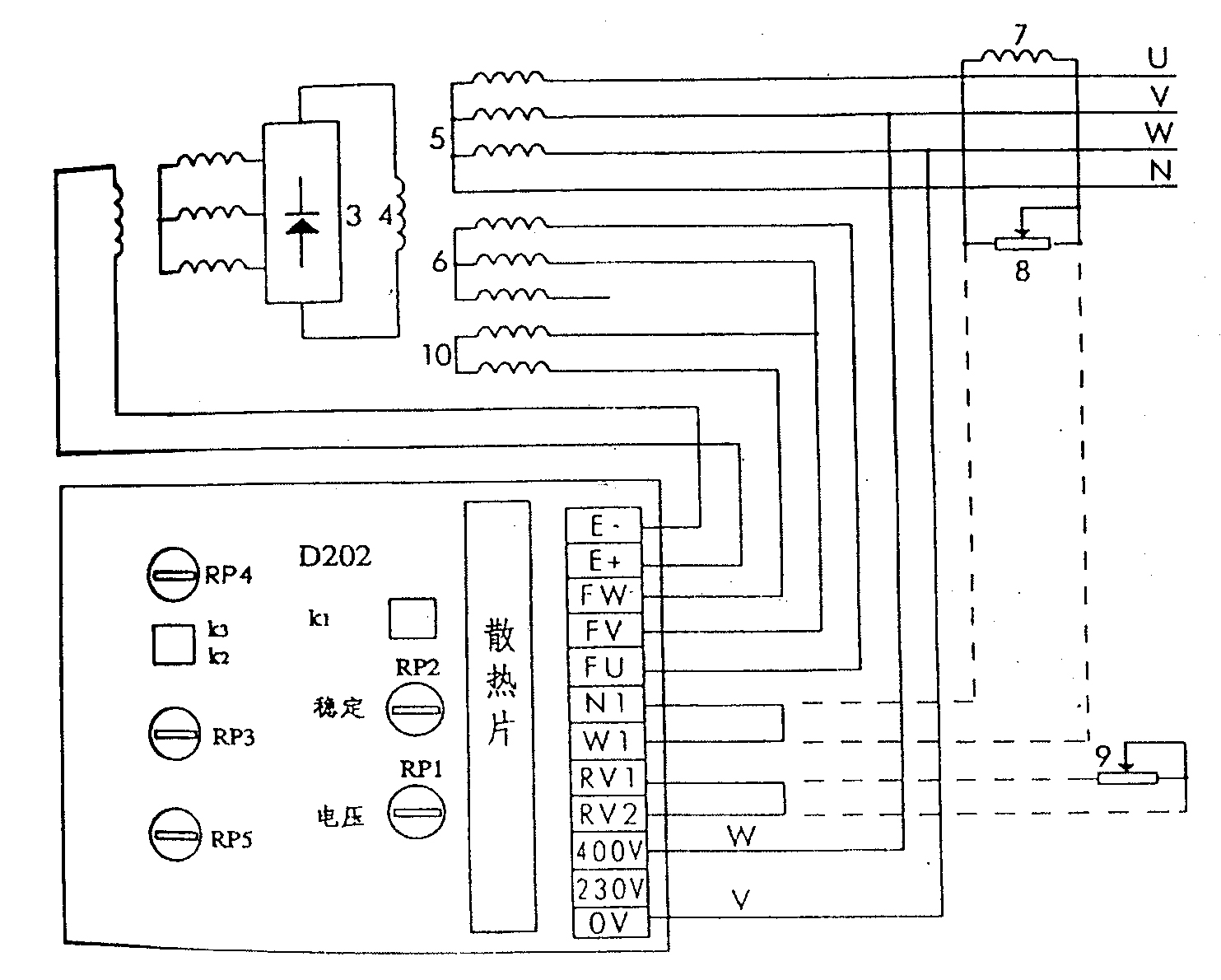TWD1630G TAD1630G TAD1631G Diesel Genset Maintenance
Running Time | Maintenance Content |
Before Daily Start | 1, check the oil quantity, the oil level should be between the top and bottom of the oil ruler, the oil quality VDS or API CD or CE. Continuously running engines check oil levels at least once every 8 hours. 2. Check the radiator and tad cooler for obstruction and clean up if necessary. 3. check whether there is any obstruction outside the radiator and TAD type intercooler, and clean it if necessary. 4. Check if the air filter is blocked. If the red part of the air filter resistance indicator is exposed: stop and replace the air filter. Click the button that indicates the end part to reset the indicator.
|
Every 1200 Hours | Please check and adjust valve clearance, check and adjust engine shutdown and cold condition. Ask professional personnel to remove and check the adjusting injector. Replace the injector if necessary. Tightening torque, injector pressure plate bolt 50N.m (5kgf.m), high pressure tubing connecting nut 1520N.m (1.5~2.0kgf.m). The working condition of supercharger is checked by professional personnel, and the engine and its accessories are routinely checked.
|
Every Six Months | Replace coolant filter (no coolant replacement). Turn off the switch to position A. Remove old filters with special tools and install new filters with oil filters (see Article 8). Turn on the switch to position B. |
Every 24 Hours | Clean the cooling system and replace the coolant. Check no leakage, low level of cooling liquid, failure of thermostat, failure of cooling fan, plug of radiator and intercooler or other parts of cooling system will cause excessive water temperature. |
Genset Protection Function : oil pressure of lubricating oil is too low , water temperature is too high , engine overspeed , unit overvoltage , over - current , short - circuit and other protection functions . Minimum starting temperature : Above 4 ℃ , water heating device or heating water must be provided at below 4 ℃ .
After the generator set starts, it relies on the residual magnetic voltage of the motor. After rectifying, it provides the excitation current to the magnetic field of the AC excitation machine, and the armature voltage of the AC excitation motor increases gradually. The AC voltage is fed into the host magnetic field after the rotation rectifier, which makes the main generator establish the voltage. When the speed is close to the rated value, the voltage regulator AVR makes the generator rise rapidly and stabilize at the rated value. The electrical principle is shown in the diagram.

During normal operation of generator, if for some reason, such as load change, speed change, winding temperature change and so on, the generator terminal voltage will increase or decrease. Automatic voltage regulator AVR can detect this small voltage deviation and rapidly reduce or increase the excitation current to maintain the generator terminal voltage approximately unchanged.
The AVR and D202 types of automatic voltage regulators, all of which are printed on the road board, can be installed in the junction box or removed from the machine and installed on the control screen through a multi-core connector or bolt. Special attention should be paid to regulating the ventilation and cooling of AVR when moving out of the machine.

The connection of D202 in the excitation system is shown in the figure below, and the relevant data are as follows
Figure 2 shows generator excitation system with third harmonic and wave excitation
1, magnetic field winding of exciter
2, rotor winding of exciter
3, rotating rectifier
4, magnetic field winding of generator
5, main stator winding of generator
6, auxiliary winding
7, differential transformer
8, differential potentiometer
9, remote voltage regulating potentiometer
10, third harmonic winding
RP1: voltage regulation
RP2: stable regulation
R1: integral time constant regulation
RP3: 50Hz frequency inflection point adjustment (K2 open)
RP4:Voltage regulation at 50Hz or 60Hz
RP5: The frequency inflection point adjustment of 60 Hz (K2 on) 3.6.1 can be used in 50 Hz and 60 Hz generators, and when used in 60 Hz generator, the K2 switch is placed in "on" position (that is, disconnecting position).
Measuring transformer input voltage of 400 volts (or 230 volts)
Quick fuse 10 A for short circuit and overload protection, 5 seconds (this receptacle is mounted on the regulator board).
When load buffering and U / F = constant functions are required, the K3 switch is placed in the "on" position, and the K3 switch is placed in the "off" position when these two functions are not required.
When remote voltage regulation is required, the short circuit connection between RV1 and RV2 can be disconnected to a K Ω potentiometer (recommended multiple cycles potentiometer).
The N1W1 is connected short when it leaves the factory, if it is required to run in parallel, the short connection is folded, and the differential adjustment device is connected at this two terminals (this device is composed of a current transformer and a potentiometer and connected together). The side capacity of the current transformer is 1VA, the current is 1A, and the potentiometer is 20WN 5 Ω. Note that the current transformer of the adjusting device cannot be connected in the same phase with the voltage measuring transformer of the AVR, for example, the voltage measuring transformer of the AVR is connected to the V-W phase, then the current mutual sensor for the adjustment of the difference shall be connected in the U phase.
Adjust the voltage value, can adjust the potentiometer RP1, can adjust the generator terminal voltage within ±5 UN range, if connected with the remote control voltage setting potentiometer, it should be adjusted to the middle position, then adjust the RP1 to make the terminal voltage rating. At this point, the remote control potentiometer can adjust the generator terminal voltage in the range of ±5% rated voltage.
When the generator is unloaded, the RP2is rotated slowly counterclockwise until there is a slight wobble in the voltmeter pointer, and then rotate clockwise to make the terminal voltage stable. This should be the best stability point. The integral capacitance can also be adjusted to increase stability. When the open K1 is pulled to "on", the integral is increased, and the best stable state can be obtained by adjusting RP2. Switch K 1 has four gears and the fourth gear is empty. When leaving the factory, the K 1 switch is generally unplugged in the first gear.
Load buffer frequency adjustment.
Copyright © Guangxi Dingbo Generator Set Manufacturing Co., Ltd. All Rights Reserved | Sitemap
Update cookies preferences